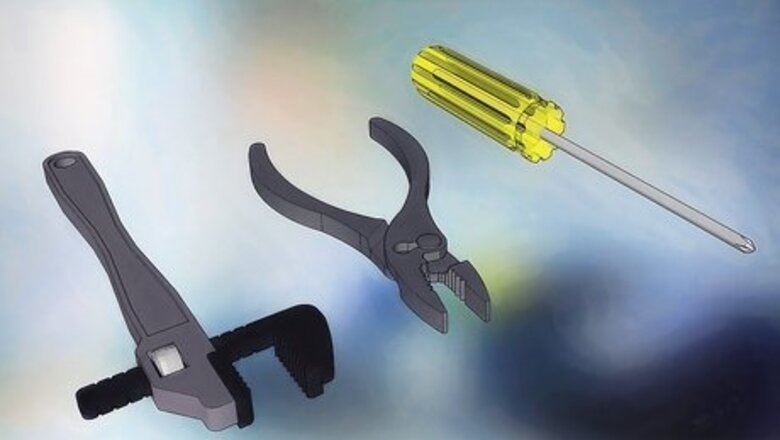
views
Disassembling the Faucet
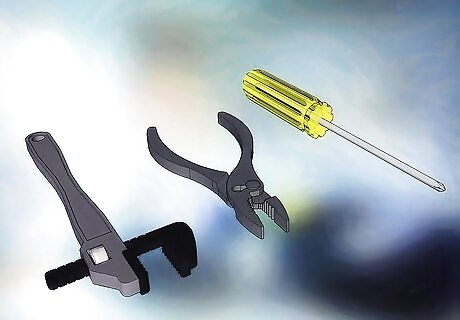
Gather your tools. This way, you'll be prepared for the process. To disassemble your faucet, you'll need the following: A pair of pliers An adjustable wrench A phillips or flathead screwdriver
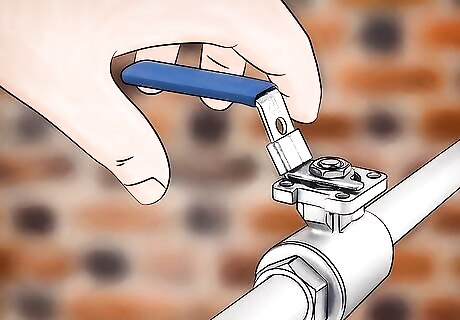
Switch off the water supply. You do not want water pumping into the faucet while you're disassembling it. Under your sink, you should see a couple of valves just behind the pipe. Switch these valves to the off position. Turn the valves clockwise to do so. This will prevent water flow while you work. Turn the hot and cold faucets on to drain the water between the spigot and the shutoff valve.
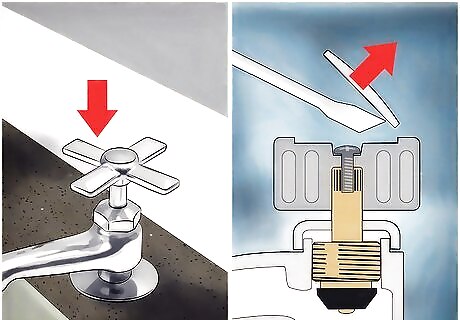
Remove decorative parts of the faucet. These are the small caps on top of the faucet. They may read "hot" or "cold." You can remove them by simply inserting a flathead screwdriver just underneath the caps. Gently pry the cap off. It should come off without too much effort. It's a good idea to wrap the screwdriver cap in a cloth prior to removing the cap. This will prevent you from chipping or denting your faucet.
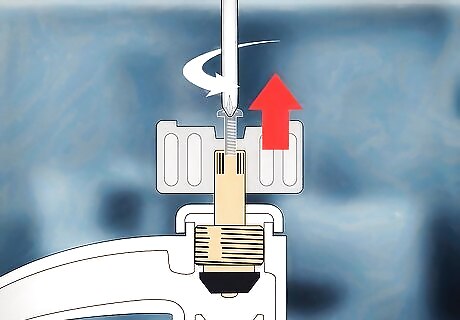
Take off the faucet's handle. Some faucets have a small standard screw just underneath the cap, while others have small allen head screws recessed into the handle. This is attached to the washer. You must loosen it to remove the handle of your faucet. Use your Phillips head screwdriver to remove a standard screw, or an allen wrench to remove an allen head screw. Once the screw is removed, gently wiggle the faucet's handle back and forth. Eventually, it should come loose. You can then pull out the handle. Not all faucets have a handle. If yours does not, you can skip this step. However, you should still remove your washer's screw.

Remove the stem with pliers. The stem, sometimes called the bonnet, is a small circular piece that sits above the washer's valve that looks something like a donut. Gently clamp your pliers around the bonnet and pull it out of place. You may need to wiggle it back and forth to get it loose. If the stem seems to be stuck, spray it with WD-40, wait 5 minutes, and try again. Some stems cannot be pulled out with pliers. If you can easily twist the stem, this means you will need to twist it off instead. Make sure to place the stem in a safe place. You will need it later when inserting the new washer.
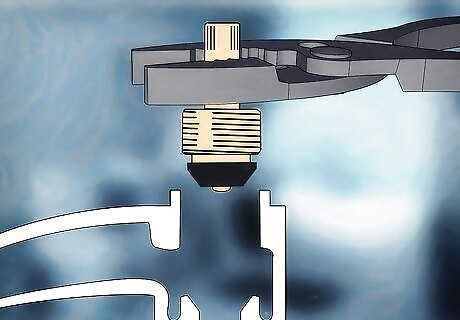
Take out the old cartridge with and the washer. Use pliers to take out the old cartridge. Make sure there are no pieces of rubber or parts of the stem or cartridge left behind. You now have access to the cylinder-shaped washer contained inside your faucet. Using your pliers, pull the washer out of place. There are circular rings, called o-rings, that suction the washer to the faucet. You will have to grip your pliers tight and pull with a little force to remove the washer. Note that on some faucets, the rings and seals are built into the cartridge.
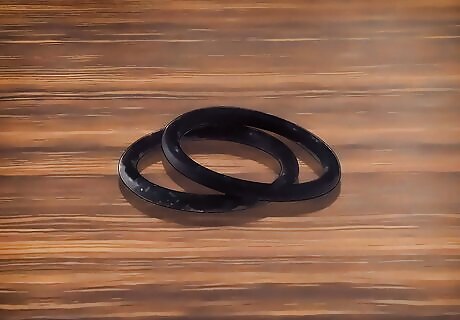
Determine if you need to replace the o-rings. Worn out o-rings can cause a faucet to leak as easily as a worn washer can. If the leak is coming from the base of the faucet, the o-rings are probably worn. Place a pair of replacement o-rings at the bottom of the faucet before inserting a new washer.
Replacing the Washer

Get replacement parts from a hardware store. If you've never disassembled your faucet before, you may not know what kind of washer you need. If you don't already have a replacement on hand, take the parts you removed to a hardware store. Find an exact match for each part. You may be able to find a repair kit for your particular faucet instead of hunting down the o-rings and washer individually. If you're unsure where to look at the hardware store, ask an employee to help.
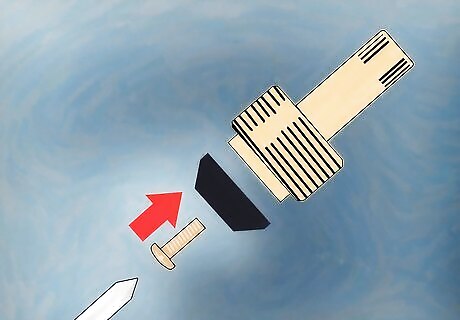
Insert the new washer. You can simply slip the washer in place. From here, you're basically working in reverse order. The washer should fit the same as the one you removed. Make sure you place the washer in the exact same position as the original one.
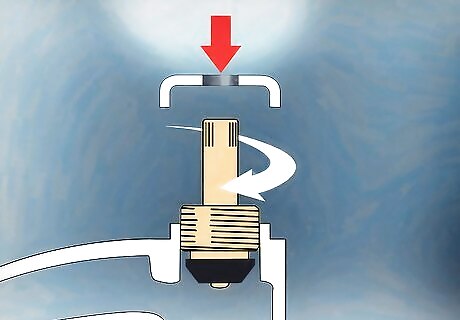
Reassemble the stem. Either screw the stem back on, or place it back over the washer. Then, place the screw you removed back in place using your Phillips head screwdriver or allen wrench. Make sure you tighten the screw to get the stem secure. If you removed the handle, put it back in place before placing the screw back in place.
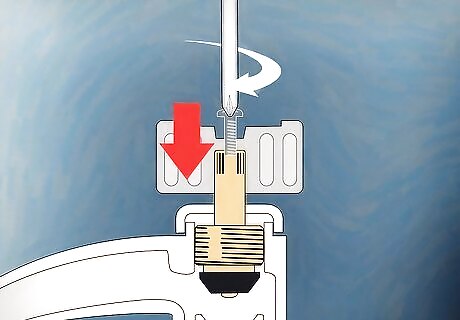
Put the cap back in place and turn on the water. This the easiest part of the process. You simply snap the cap back on. Now, your faucet should no longer leak. You can turn the water back on and run your faucet. Once the cap is in place, turn the water valve counter clockwise to switch the faucet back on.
Avoiding Pitfalls
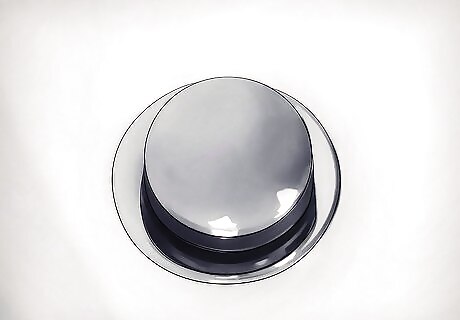
Plug the drain before beginning the process. This assures that nothing goes down the drain. There are a lot of small parts involved when you replace a washer. They can easily slip out of your hand. If you don't have a plug for your faucet, simply place a wet rag over the drain.
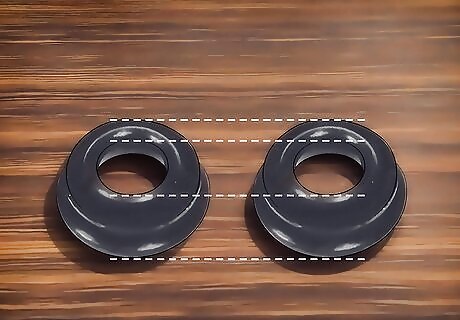
Make sure the replacement washer is an exact fit. You want to make sure the o-rings fit the washer exactly. Otherwise, your water will not run properly. If you are uncertain what type of o-rings you need, take the old o-rings to a department store. You should be able to find a match there.
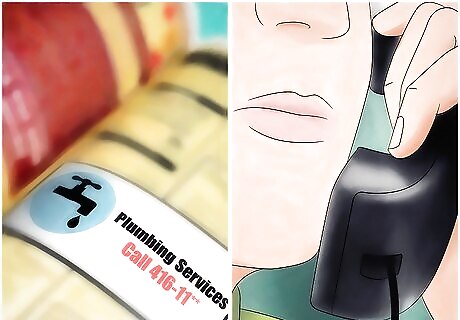
Call a professional plumber if replacing the washer does not fix a leak. There are many problems that could cause a leaky faucet. Worn-out seals, loose parts, or broken plumbing can cause a leak. These problems will be difficult to correct on your own, so you should contact a professional.



















Comments
0 comment